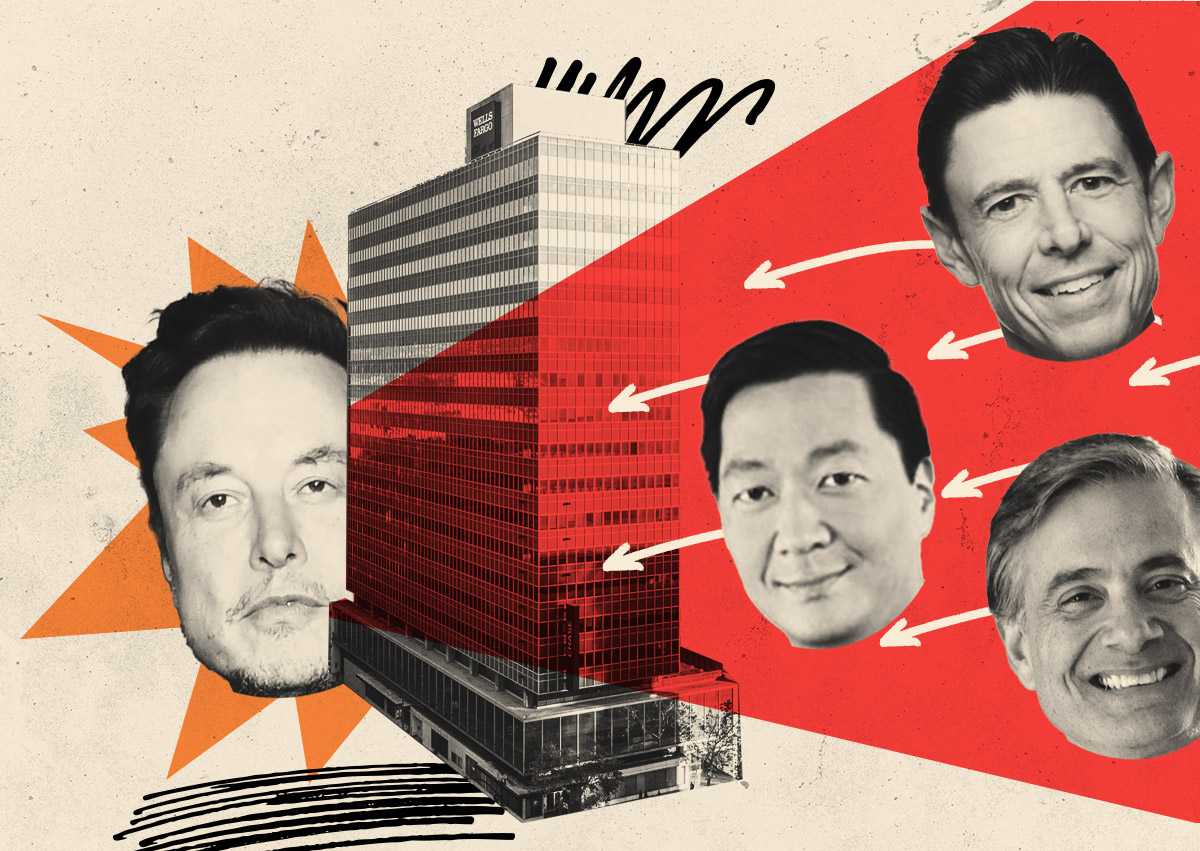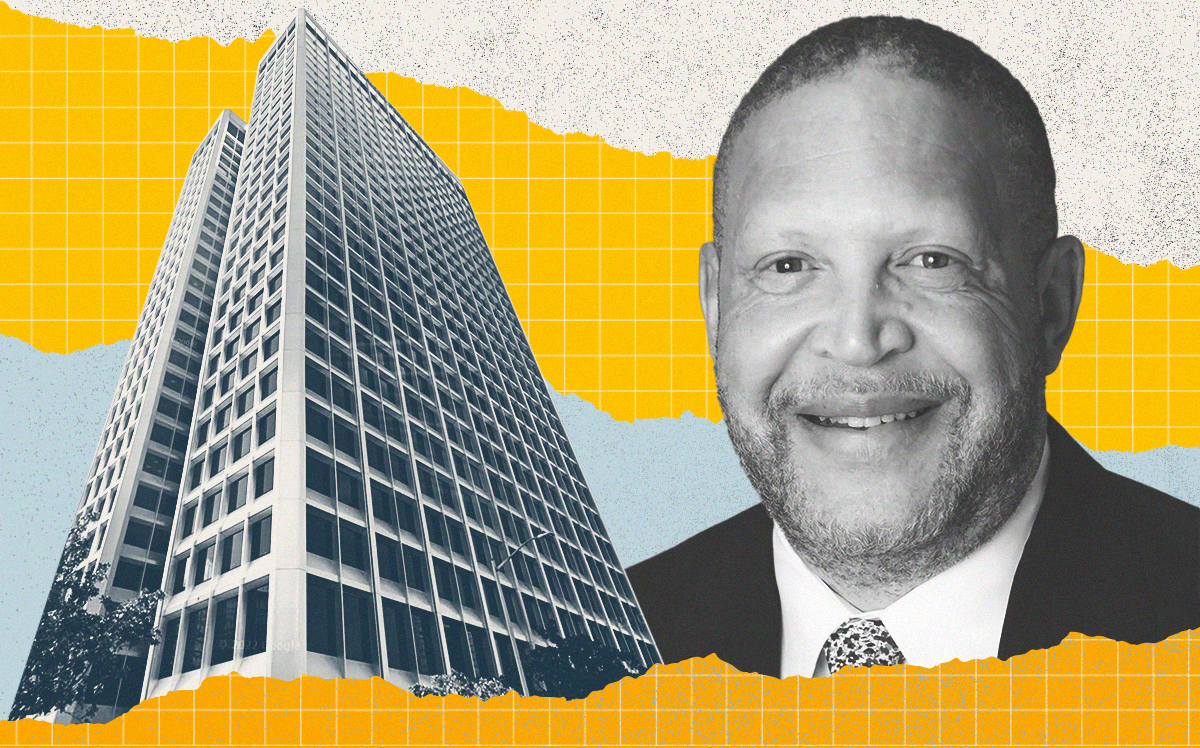Trending
Oakland office landlords face lower lease rates and higher debt costs
As pandemic fades, building owners are “resetting rents based on the higher vacancy”

Office landlords in Oakland have started to lower rents after holding steady throughout the pandemic. This could lead to defaults as current loans mature and refinancing deals with current interest rates jack up the landlords’ debt payments.
Oakland’s business district saw asking rents for Class A office space drop from $63.60 per square foot in the fourth quarter to $60.12 in the first quarter, according to a recent market report by CBRE. The first-quarter rate represents a year-over-year decline of about 5.5 percent, a figure that’s significant because landlords have been hesitant to lower asking rates since the start of the pandemic. From the beginning of 2021 to the end of 2022, asking rates fell by just 3 percentage points.
Pre-pandemic interest rates rates were low enough where landlords could still meet their debt services while lowering rates, according to data collected by Chicago-based financial services firm Morningstar. The average interest rate for loans backed by Oakland offices was 4.3 percent before the pandemic.
However, it’s a different story moving forward with the rise of interest rates. A recent CMBS loan issued to an Oakland office had an interest rate of 6.3 percent, for example. As older loans reach maturity and require refinancing, landlords face dual trend lines of lower cash flow caused by lower rents versus higher debt service, according to David Putro, head of commercial real estate analytics at Morningstar.
Rents have declined because landlords have more clarity about what the return-to-office economy looks like, according to Putro.
“While landlords may have tolerated the spike in vacancy during COVID, assuming there would be some return to normalcy, we’re now past that assumption and resetting rents based on the higher vacancy,” he said.
This clarity about the post-pandemic conditions has increased leasing activity and driven up competition, which has lowered rents, according to Scott Greenwood, senior vice president at brokerage CBRE.
It remains to be seen whether lower rents will improve vacancy rates. Remote work could be a cultural shift that isn’t reversible, according to Putro. Landlords are providing amenities and incentives, and new office tenants could see that as the standard.
“Outdoor space, food and beverage facilities, fitness, etc. are becoming more necessities than luxuries,” Putro said. “Of course, all of this takes capital and not every building will be conducive to adding these, so it’s not an easy solution.”
While lower rents and better amenities represent attempts to reverse trends, employees might just prefer working from home.
“In today’s economic environment, companies have become increasingly concerned about costs and productivity,” Greenwood said. “So lower rents is part of the answer. But people don’t want to spend so much time commuting.”
Read more

Oakland landlords sue Twitter over nearly $1.3M in unpaid rent






